Sometimes I go on research trips and sometimes I just go on holiday. And sometimes a holiday provides such interesting material that it could rightly be called a holiday-research trip. Last month I went to Canada, to visit my sister and her family and our parents. It’s always lovely to be back in Canada, as it brings back happy memories of my university years spent in Halifax. This time, my destination was a suburb just outside Toronto, a pleasant place with well-kept houses and gardens that were starting to show determined signs of life after the long and cold winter.
My sister is a dedicated sampler of snacks and other good food and she always has a list of places for us to visit together. She had been planning to take me to Sue’s Market for a few years, but somehow, other things always intervened. The main attraction of Sue’s was that the owners were Jamaican Chinese, home people, from our part of the world. I had already eaten a lot of delicacies from their store, which my sister always referred to as ‘a convenience store’. I went in, expecting a tiny down-home Mom and Pop establishment. It’s not that she had deliberately misled me. I think it’s more that we have been living on our respective continents for so long that we have diverged in our interpretation of size. Mild culture shock always sets in when I fly across the Atlantic: everything seems to grow in size, from tubes of toothpaste to household cats. So I was quite taken aback to find that her ‘convenience store’ was about the size of my local supermarket. And what an assortment of top products and produce! But let me not get side-tracked, because I want to tell you something else.
Still reeling from the shock, we went on to stop number two for that day. The exterior was not very reassuring: a utilitarian-looking building whose only apparent concession to decoration was a sober logo above the door, promising a European food experience. They weren’t lying. Believe me when I tell you that it is possible to collect all the best products from Europe and house them in a single spot. And then keep on adding items for local ethnic minorities. Have you ever seen whole smoked sturgeon and salmon in the same place as pickled apples and cabbage, Dutch cheeses, mahleb, mastic and Korean beef bulgogi? Of course, I didn’t see any of these things until the next day, because first there was the bakery…
We walked in – straight into the bakery section. There were European rye breads and Parisian pastries next to baklava from several countries, including the lesser-known Azerbaijani type I gave in Warm Bread and Honey Cake. I saw an interesting-looking concoction on the counter. Not a beauty by any means, but very intriguing: a high anthill shaped pastry-thing that seemed to be coated in caramel. (Later, I was told by a Russian friend of my son’s that they call it ‘anthill’ at home.) I was still too dizzy from the rest of the display to pay it much attention at that stage, but then they gave me some to taste and I was completely lost. I discovered chak chak. You know how I love to bring the world together in my books. Well this single mouthful brought together the crunchy sugar-coated mithai of my Guyanese childhood with the ordinary but delicious North American treat made from rice crispies and melted marshmallows, but in a Russian kind of way. The pastry was crisp and unexpectedly airy in texture and it was all held together with a sticky honey syrup, sweet but not cloyingly so. And it was very moreish. In fact, I have to confess that in the time it took to take a few photographs so that I could show it to you, I managed to eat most of the back of this one. I bet you can’t even tell. The sticky coating holds it together beautifully. You just keep eating and before you know it, it has disappeared and you wonder where it went. Isn’t it wonderful when simple ingredients have that effect?
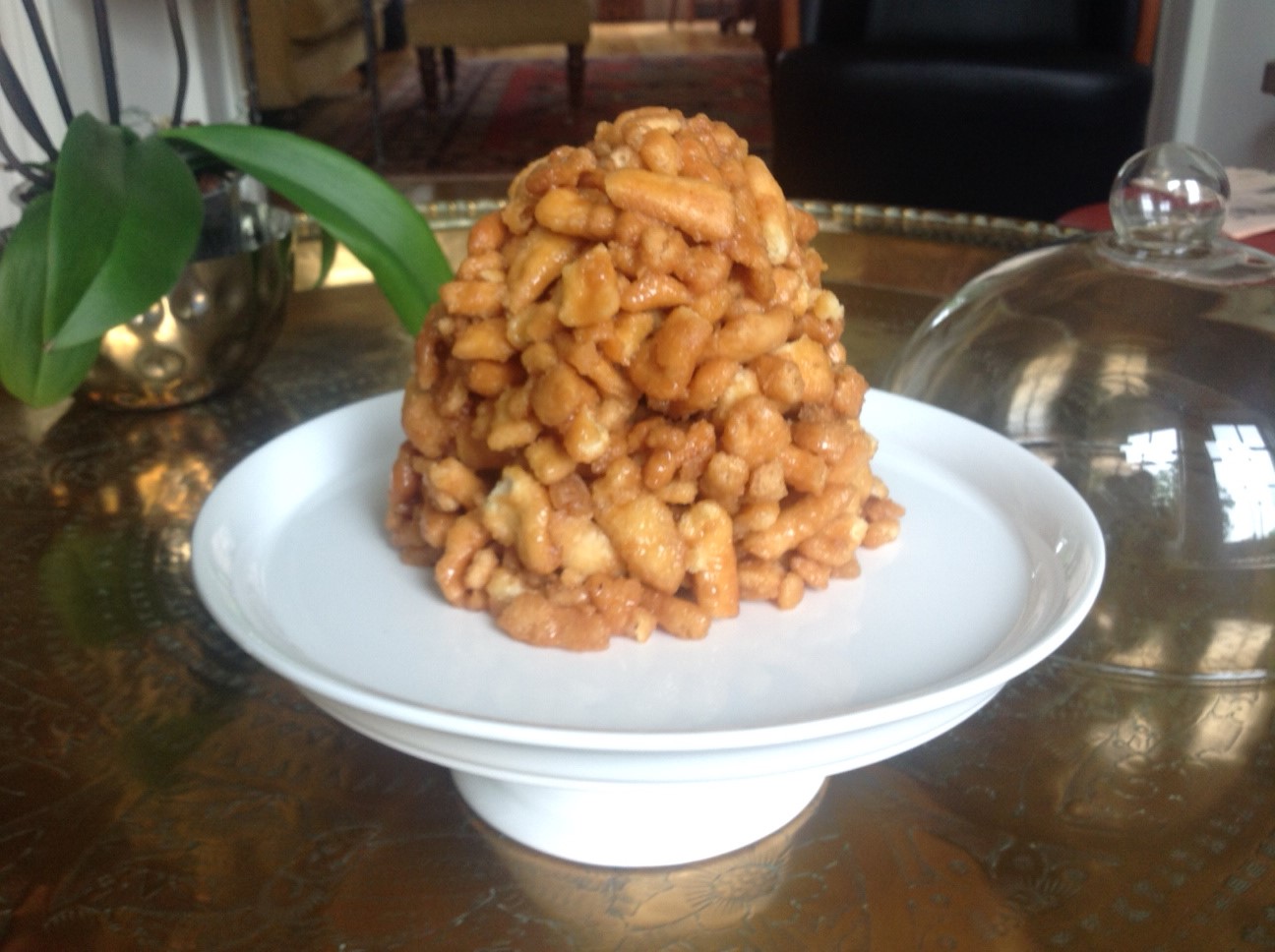

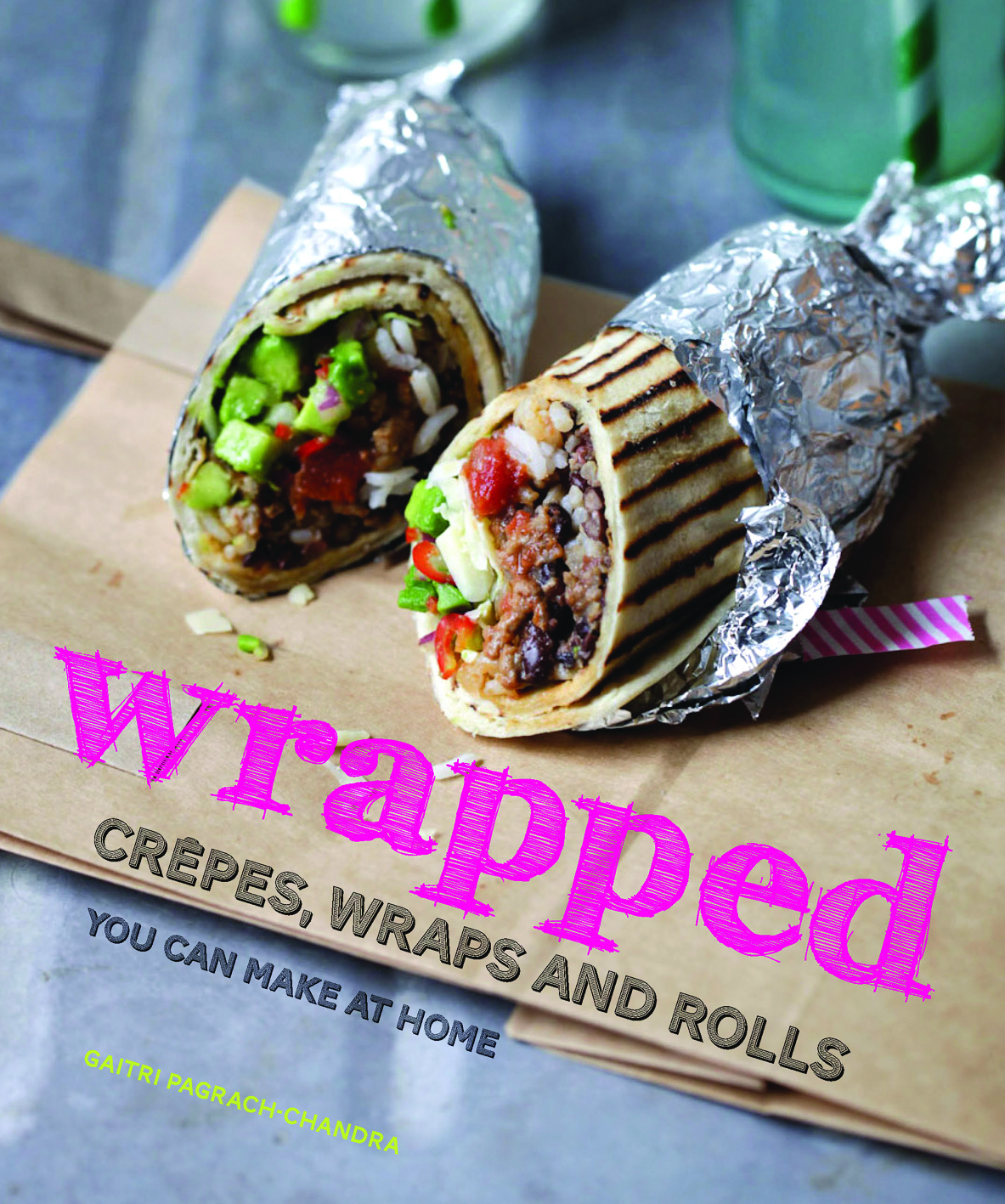
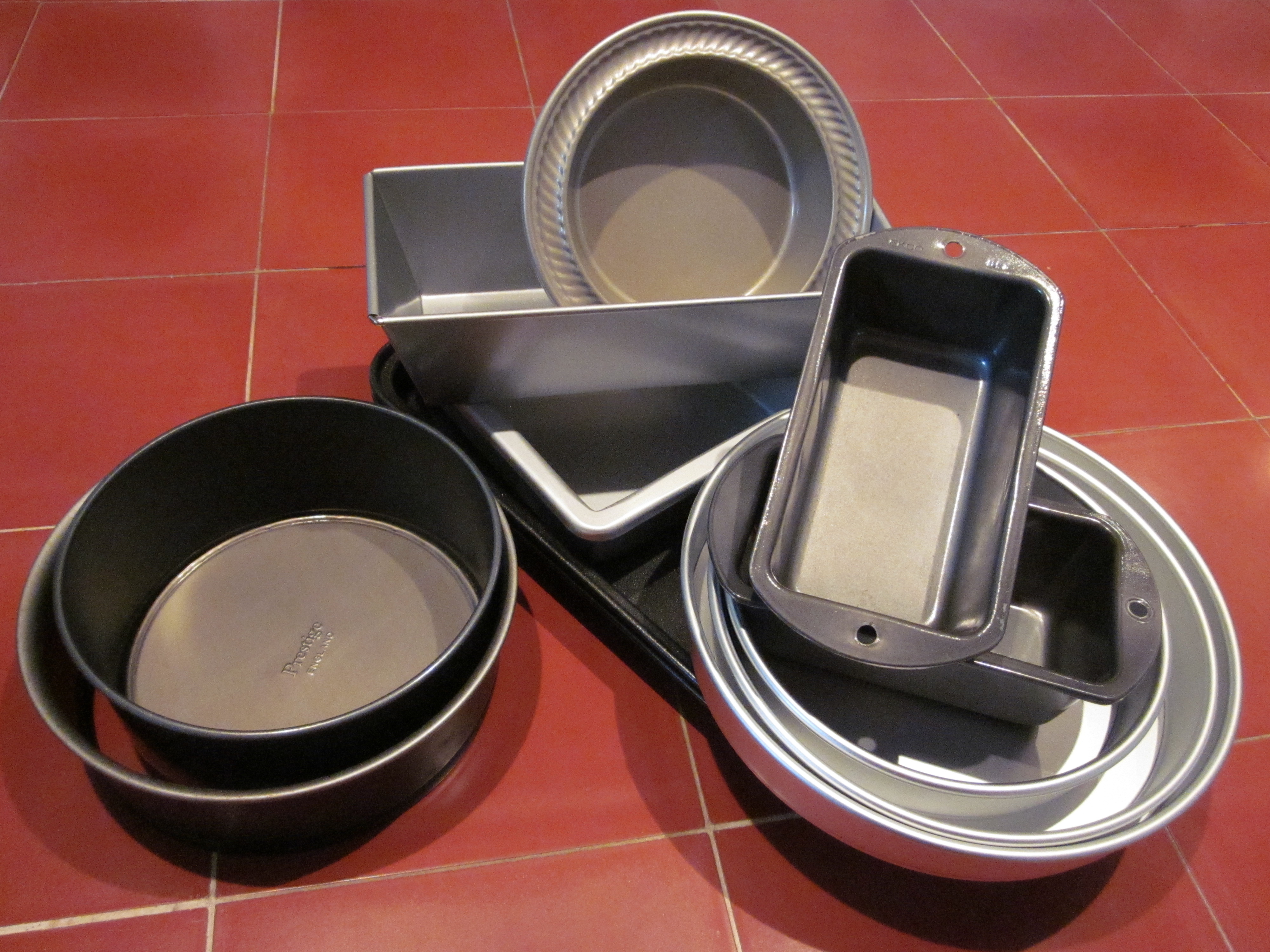
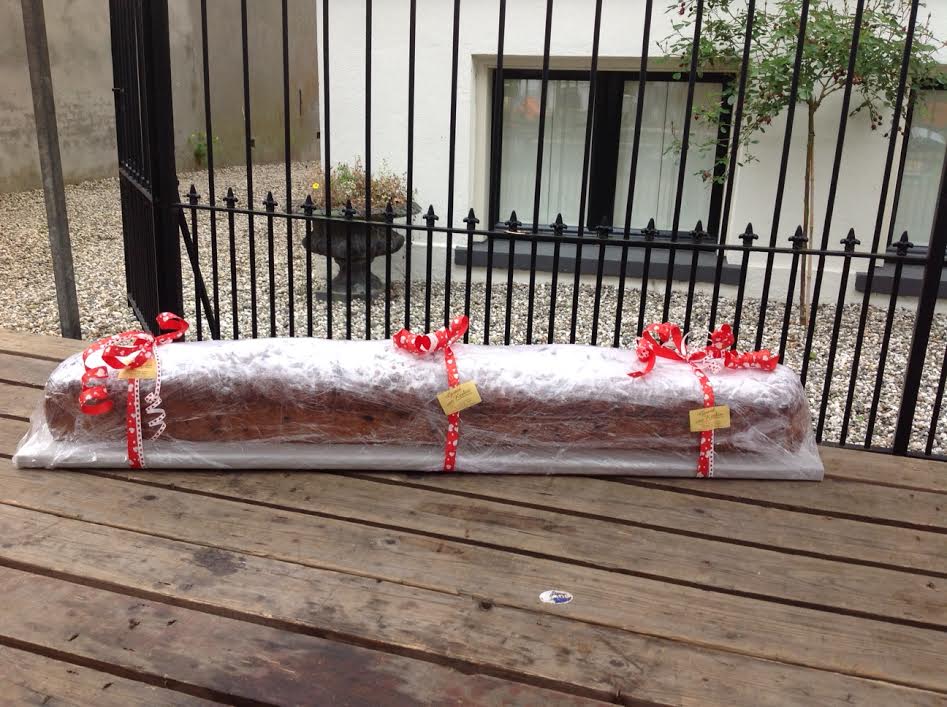
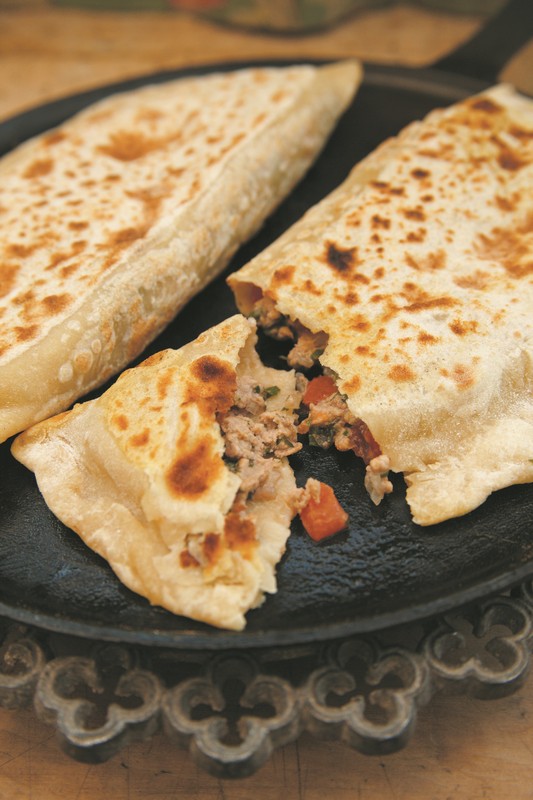

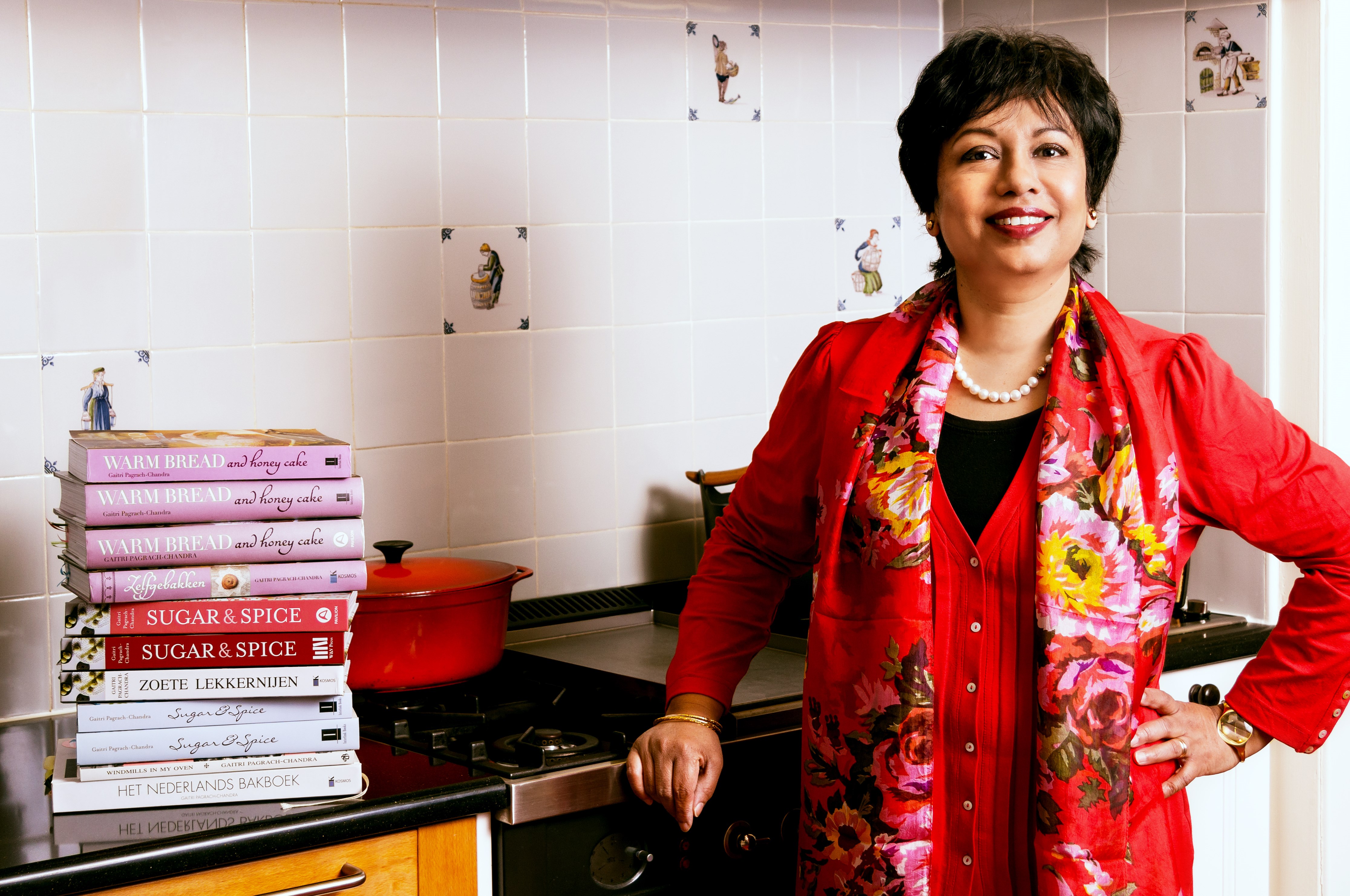
 Visit my Facebook page
Visit my Facebook page